
Monday November 23, 2020 | VICTORIA, BC [Case count correction by BC CDC was updated in this article as of November 25, 2020]
by Mary P Brooke, B.Sc., editor | Island Social Trends
Another torrent of new COVID-19 test-positive cases was announced today November 23 by Provincial Health Officer Dr Bonnie Henry.
Over the past weekend (three days from Friday to Monday), there were 1,933 new cases in BC (713 Friday-Saturday November 20-21; 626 Saturday-Sunday November 21-22; and 595 Sunday-Monday November 22-23). Of those new cases, 48 were detected on Vancouver Island.
[Update November 25, 2020: Dr Henry announced a data correction in Fraser Health Region numbers — due to an error in data transfer from lab to health authority — which changes the daily count for November 17 to 24. For November 21 the correct total new-case count is now 835, for November 22 it is 791, and for November 23 it is 772.]
That makes Saturday November 21 the day with the highest one-day tally of new cases (835 cases).
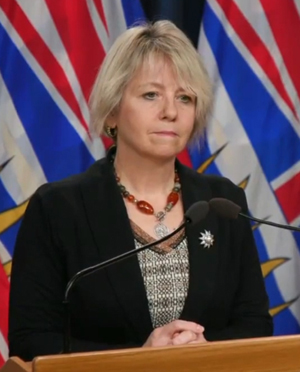
This is despite the current restrictions in place to December 7, 2020 which restrict travel and movement to if only essential reasons, and cancels all events (with some exceptions for weddings, funerals and baptisms).
There were 17 deaths over three days (four, eight and five). That’s a staggering number compared to previous rates. All deaths were among elders in long-term care in both Fraser Health (13) and Vancouver Coastal Health (four) in the BC lower mainland area.
The second wave is real and hitting hard. Today Dr Henry said the deaths (most of which are in long-term care) are happening as a result of health-care workers bringing in the virus from contact in non-work time in the community. Presently there are 970 active cases in long-term care, 365 of among staff.
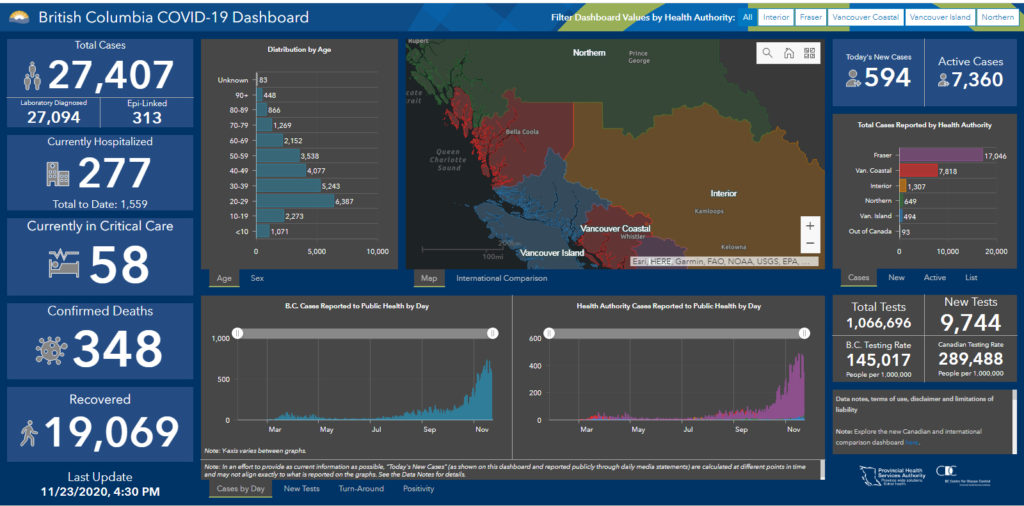
Transmission in schools is still not seen too much (though that includes eight schools on Vancouver Island at present). But Dr Henry said today that wearing face masks by adults in the school system is already within the COVID-19 protocols for schools (in response to concerns expressed by the BC Teachers Federation). “Schools are not public spaces, with a variety of people we don’t know on a repeated basis,” said Dr Henry today. She explains that students and teachers are with the same people every day, with no people “walking in and out”.
Presently 10,200 people are in isolation due to exposure to a known case of COVID-19. There are 7,360 active cases — people who are battling the infection to varying degrees. A high number of people — 277 — are in hospital with COVID-19 now, with 59 of those in intensive care or acute care.
Second wave, uphill climb:
We are in the second wave. Today Dr Henry modified her sports-metaphor from early-on in the pandemic (when she said it would be a marathon, slow and steady wins the race), to now how people need to deal with the pacing of this pandemic as an ‘iron man’ triathlon … not one leg but three strenuous difficult segments, the most difficult of sporting events.
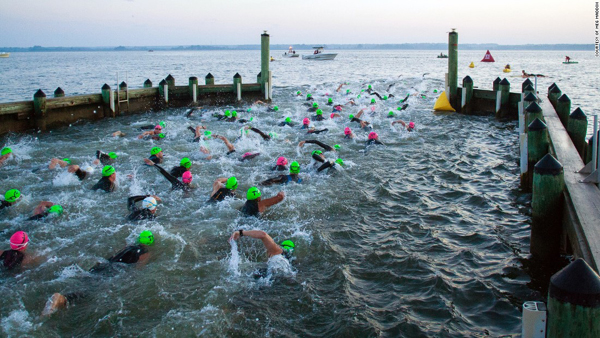
To continue the sports metaphor, first there’s a challenging swim (which Dr Henry used as a parallel for the first wave of COVID in spring 2020), now a difficult bike ride (presently uphill, and no known end in sight), then a marathon which still requires pacing when we’re tired (once there are vaccines and various phases of recovery).
Health-care massive effort:

Today Health Minister Adrian Dix said that having over 10,000 people doing self-isolation under public health order is a lot of work by public health, calling it a “massive and coordinated effort”.
Dix said that he and Dr Henry answered a lot of questions from people, groups or others who called them to ask for clarification and information. He accepted that as positive. “If they have questions it means that they want to comply.”
Public health guidance provides tools for all of us, explained Dix. And he urges people not to find ways around having to follow public health orders and guidelines. “We can’t negotiate with the virus. It has one goal – to transmit.”
For Dix, he sees that the virus has only one intent, and “takes advantage of the things that make our life more worth living, we are social beings”. The virus spreads most easily when there is close, sustained contact between people. In winter when we are indoors for warmth, the virus has many ideal scenarios to find new hosts for its purpose of replication.
More COVID teleconferences this week:
In the first wave of the pandemic there were COVID teleconferences almost daily, for weeks and months. In the last few months the frequency was dropped to Mondays and Thursdays, with the occasional Saturday media teleconference or additional announcement.
Today Minister Dix said there will be three live COVID updates this week, which picks up the beat and indicates more urgency. The next two will be on Wednesday November 25 and Friday November 27.
The teleconferences are livestreamed on Facebook, Twitter and Youtube for the public. Links are posted on the Island Social Trends events page. Professional news media call-in for the opportunity to ask questions, from which articles, radio and TV broadcasts are prepared.
COVID across all age groups in BC:
Looking at the COVID case profile by age, 3.9% of cases have been contracted by children under age 10 since the start of the pandemic. Of the 1,071 total cases, 79 of those were new in just the past three days. Dr Henry indicates that everyone, of course, is glad that for some reason this coronavirus does not seem to cause acute illness in children (though there are possible long-term health impacts including a systemic inflammatory response that can appear after known illness).
Kids and teens ages 10 to 19 have tallied up 2,273 of the cases, with 171 of those new in the last three days. This age group comprises almost 8.3% of the total COVID cases in BC to date. In previous weeks Dr Henry has indicated that most of the infections in this age group tend to cluster at the top end (i.e. ages 18 and 19), which she draws as parallel to adult cases from more direct involvement in the broader community.
Working age adults (grouped as 20 to 59) comprise 70.2% of all cases this year. There is also more active and pro-active socialization in this broad age grouping, particularly among people in their 20s and 30s as they establish lifelong relationships, networks and careers. Indeed, the highest number of cases by 10-year age cohort is seen in adults age 20 to 29 years (6,387 cases or 23.3% of all cases this year), followed closely by adults age 30 to 30 years (5,243 cases or just over 19.1% of all cases to date).
Adults in their 60s — many of whom still work but perhaps in fewer frontline essential jobs — show 2,152 cases in the pandemic to date. That’s almost 7.9% of cases in BC this year. Due to their older age, they are thought to be closer to be at higher risk for having a poor outcome from COVID infection, compared to younger adults.
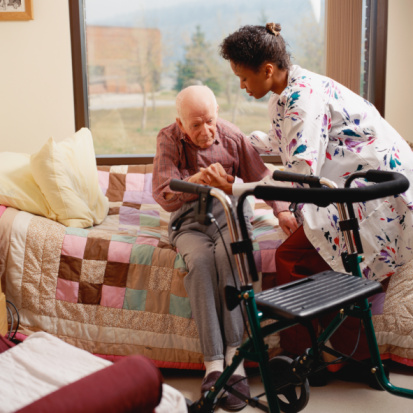
The elders that we are asked to protect with social distancing are considered the most vulnerable due to deterioration based on the wear-and-tear of living a long life. People of all ages above 70 years have experienced 9.4% of COVID cases in BC this year. But this group also sees most of the deaths due to COVID (over 80% of deaths have been in long-term care).
Not all elderly people live in long-term care. In fact, it has been the direction proposed by BC Seniors Advocate Isobel Mackenzie for years to promote independent living for as long as possible — for precisely the reason of staying away from infections that spread in communal living situations, which can be balanced with other ways to achieve the social interaction that is needed for mental health.
Vancouver Island profile:
Today Dr Henry announced 48 new COVID cases on Vancouver Island over the last three days. That’s almost 2.5% of the weekend’s new cases; most cases are in the BC lower mainland. But the virus spreads and “moves with people”, and the Vancouver Island case numbers are not to be taken lightly.
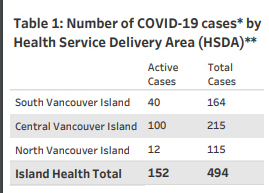
There are 152 active cases today within the Island Health Authority — 40 in the south, 100 centrally, and 12 in the north.
There were new cases in almost all age groups over the past three days (Friday November 20 through Monday November 23). Only elders over age 90 showed no new cases.
Five more children under age 10 tested positive for COVID this past weekend, bringing the total to 17 children on Vancouver Island who have been infected with the virus.
Two more youth in the age 10 to 19 age cohort were in the new-case tally for Vancouver Island this weekend. That brings the total to 32 in that age group.
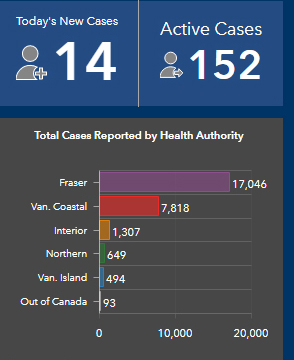
Working age adults have seen 331 cases so far on Vancouver Island (102, 89, 63 and 77 among people in their 20s, 30s, 40s and 50s, respectively). Among elders, there have been 51 cases on the island (35, 14 and two among people in their 70s, 80s and 90s).
Presently two people are in hospital with COVID, and none in intensive care. That’s down slightly from last week. Total COVID hospitalizations in Island Health tally to 29.
There have been no more deaths due to COVID on Vancouver Island since September 28. The tally stands at six.
There are currently eight schools with outbreaks on Vancouver Island (in Nanaimo, Ladysmith, Qualicum Beach and Victoria). There have been two exposures at restaurants/pubs (Nanaimo and Victoria) and there are two active outbreaks in long term care (Port Alberni and Campbell River).
Testing:
Presently in BC, the strategy is still to use precious testing resources where there are known exposures or active cases. If there are cases in long-term care then everyone is tested. Otherwise, asymptomatic people are not tested.
The gargle and spit test (largely targeted for use by children) is not as reliable as the uncomfortable but more reliable nasopharyngeal test, says Dr Henry.
COVID test results are available online.

===== LINKS:
BC’s response to the COVID-19 pandemic. COVID guidelines, orders, economic recovery, employment, quarantine, K-12, indigenous, health information, request or donate supplies, etc.
Province-wide restrictions during the COVID pandemic in BC (current restrictions to December 7, 2020). These could be extended.


